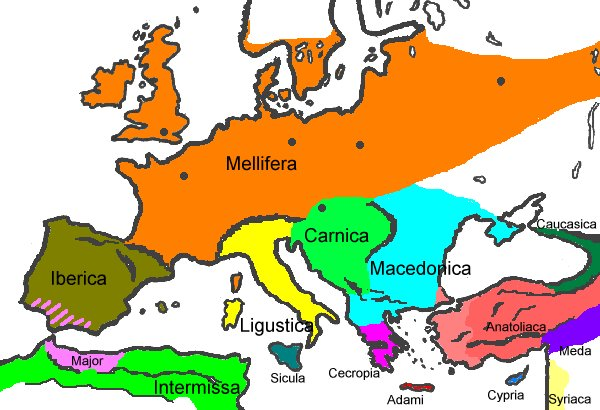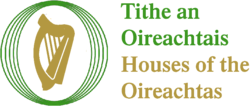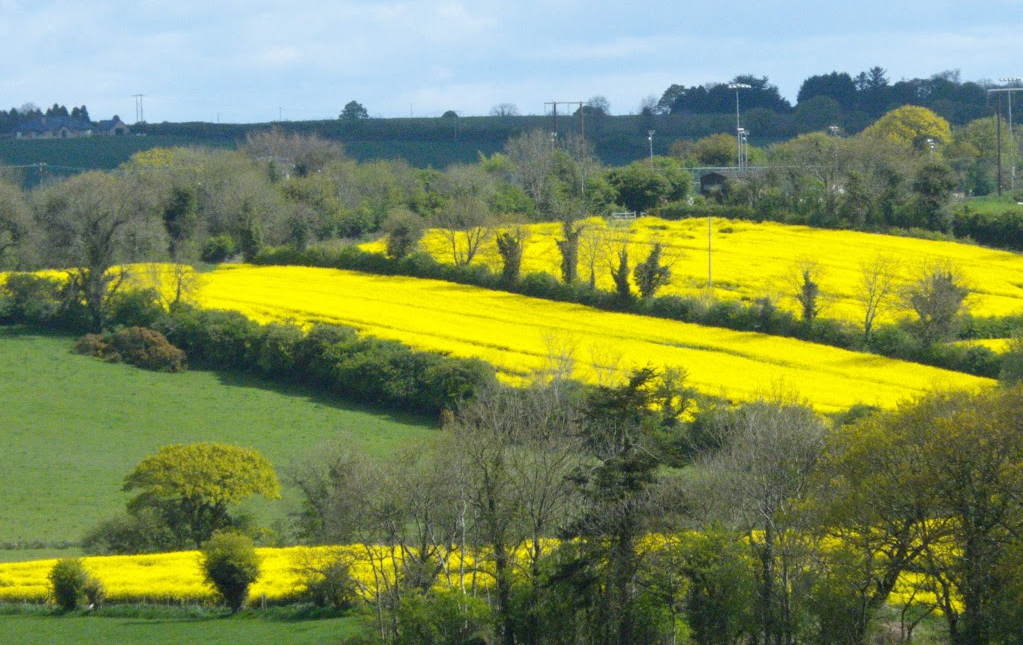My Bees

I try to keep Native Irish Honey Bees, Apis mellifera mellifera, also called Black Bees or, in Scandinavia, Brown Bees. These are the European Dark Bee, originally found from Northern Spain to Southern Sweden and to the Russian area of Perm. However, some beekeepers in the early 1800's started to import bees mainly from Italy and other parts of southern Europe (A. m. ligustica and A. m. carnica). This has resulted in the crossbreeding of these bees so that there are only a few pockets of pure A. m. m. remaining, with Ireland being the only country where they are dominant. However, people persist in importing non-native bees with the result that our native bees' genetics are being compromised. I am a member of the Native Irish Honeybee Society (NIHBS) who are actively fighting to preserve our native bee. It beggars belief that people will happily keep non-native bees for their hobby, directly harming our native population, while claiming that they're trying to "save the bees".

The good news is that there are some legal steps being taken that could potentially save our bees. The Protection of the Native Irish Honey Bee Bill has gone through the Seanad and is at stage 2 in the Dáil, so perhaps we'll see some protections provided for our native bee in the not too distant future.

My bees produce honey from a variety of sources. Typically, this includes Rapeseed in early spring, followed by Hawthorn (in a good year). The main flow is from blackberry in late June into July, with a lot of wildflowers around then too. The bees also pick up nectar from trees like Sycamore, Holly and Horse Chestnut. In late autumn, sometimes all the way into December, they will forage on Ivy. Of course, this may be completely turned on its head, depending on the weather.